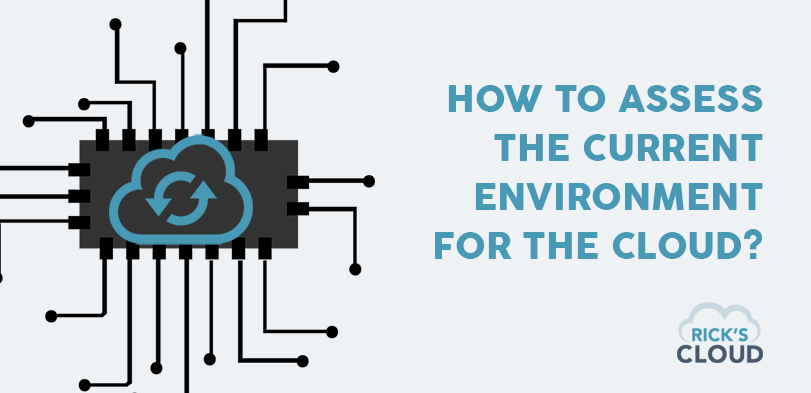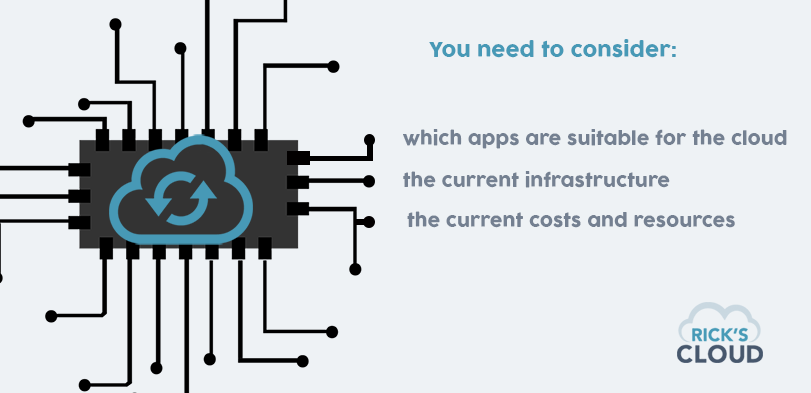
How to assess a current environment for the cloud?
If you’re thinking about a move to the cloud, you’re not alone. According to the latest State of the Cloud Survey, companies included in the study use cloud services, and the percentage of the organizations using multiple cloud solutions increased in the past two years. The growth is expected to continue as cloud computing becomes a competitive advantage for every company.
Migrating to the cloud requires discipline and thoughtful planning, as a cloud computing expert I met many people in management that have questions and concerns when considering cloud solutions for their companies.
Assessing the current situation is of most importance, it will represent the foundation for additional questions and decisions. A deep understanding on how different types of applications and workloads migrate and run in the cloud is required.
Here is a list of things that they could take into account in this preparation stage.
Determine what apps should migrate to the cloud
While cloud computing can bring various benefits for those using it, not every application or IT environment is suitable for the cloud. For example, an older CRM system might not fit due to the lack of portability. There can be a few situation that requires more attention when considering the migration plunge, but the identification of those that are best prepared could help organizations to prioritize the migration.
Evaluate the current infrastructure
Once business decided which applications are suitable for the migration, the next step is to perform an internal analysis to get a better idea of the scope and scale of the movement. They could include here various factors such as the current level of storage, types of storage used, the quantity of data created in a determined period, the type of databases employed, the existing network environment, the current analytics programs or the percentage of downtime. Performing these analyses will determine the best way to migrate for each factor.
Evaluate the current costs and resources
Companies often decide to migrate to increase their productivity and gain leverages on the market. In order to obtain that, they should evaluate the costs and resources spent on the current IT infrastructure. Some aspects to consider are the money spent on physical servers, the number of employees dedicated to data centers, the hidden costs involved in the maintenance process and other resources allocated to keep the infrastructure safe. After doing so, companies could overview the benefits that could appear after the migration, as a result of improving the efficiency of the processes.
When considering migrating to the cloud, a thorough analysis is imperative. Identifying the current status of the IT environment, as well as the inefficiencies, could give companies a baseline of comparison with the old infrastructure and help them make more data-driven decisions.
What other aspects do you consider imperative in this evaluation process? Share your thoughts in the comment section below.







Steffi
Hi Rick,
Thanks for great post. Surely, planning is everything before moving into another Cloud or using a cloud at all. Unfortunately, most people do not believe that they would need a portion of planning to be successful – but it really matters.
Best,
Steffi
Rick Blaisdell
Hello, Steffi! You’re right. Not everyone is considering this planning step before implementing a cloud solution. But it is essential to do that. That’s why I often write about that. Thanks for sharing your thoughts.